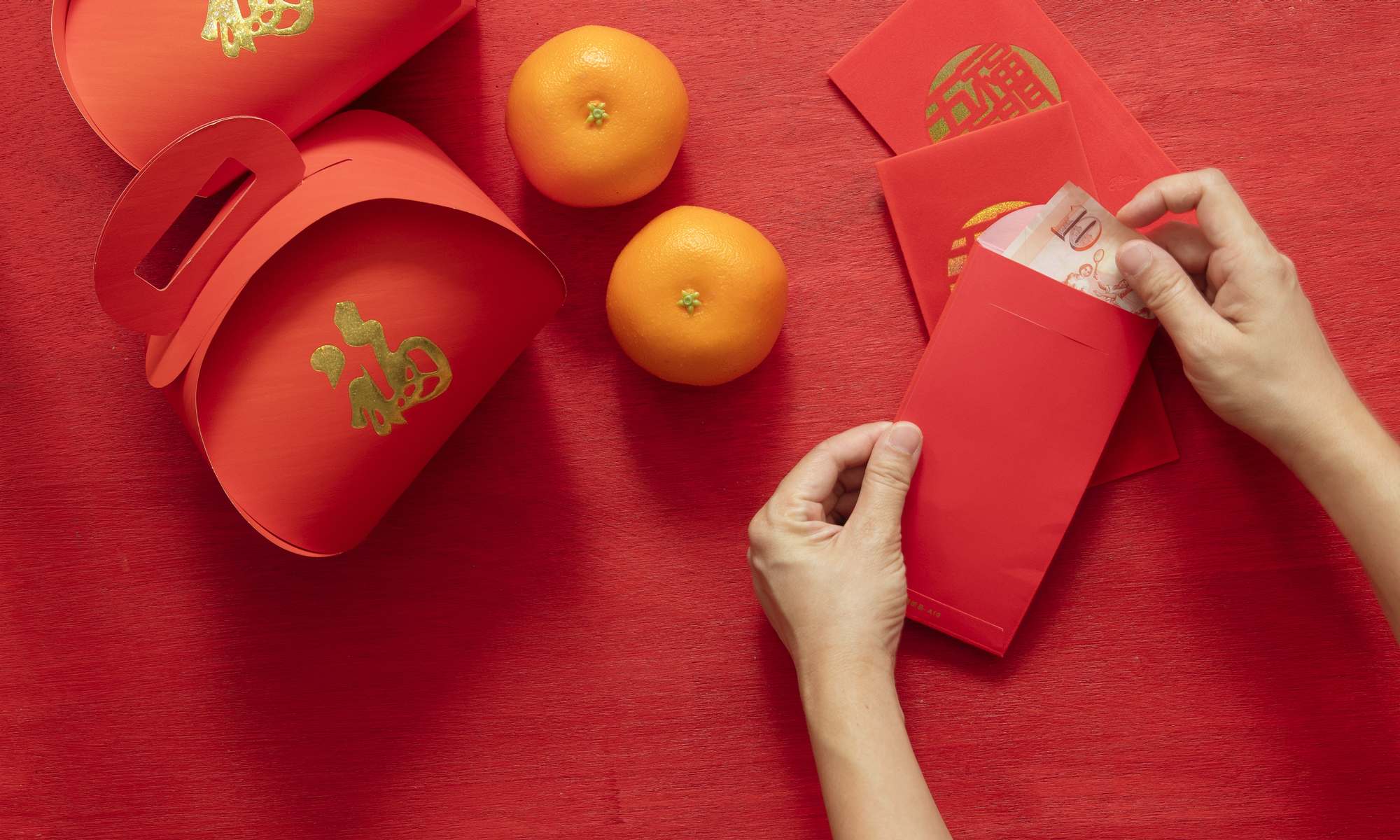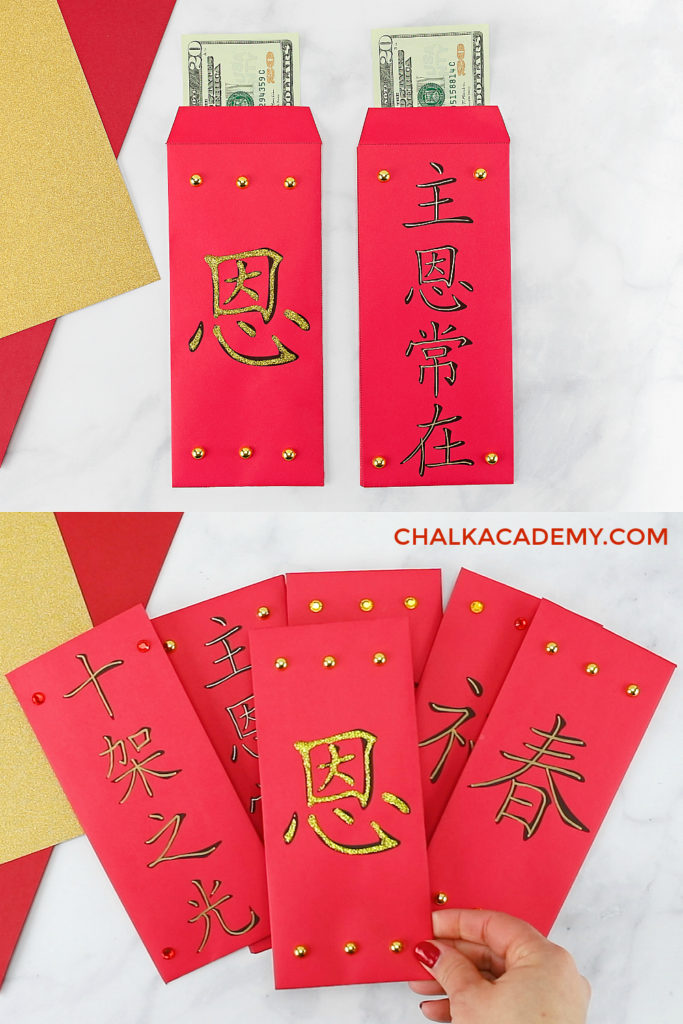Red envelopes, or "hongbao" in Chinese, are an integral part of Asian traditions, particularly during festive celebrations like Chinese New Year. These small, vibrant pouches carry more than just money; they symbolize goodwill, prosperity, and blessings. Understanding why red envelopes are important is essential for anyone seeking to appreciate the cultural depth behind this custom.
From weddings to birthdays, red envelopes have become a universal symbol of celebration in many Asian communities. The practice of giving red envelopes dates back centuries, rooted in folklore, history, and societal norms. As globalization spreads these traditions worldwide, it becomes increasingly relevant to explore their meaning and significance.
In this article, we delve into the history, cultural importance, and modern relevance of red envelopes. By the end, you'll gain a comprehensive understanding of why red envelopes are important and how they continue to play a vital role in strengthening relationships and fostering goodwill across generations.
Read also:5movierulz 2023 Download Kannada Movies With Ease And Convenience
Table of Contents
- The History of Red Envelopes
- Cultural Significance of Red Envelopes
- Symbolism Behind Red Envelopes
- Red Envelope Traditions Around the World
- The Role of Money in Red Envelopes
- Modern Use of Red Envelopes
- Digital Red Envelopes
- Red Envelope Etiquette
- Psychology Behind Red Envelopes
- Conclusion: Why Are Red Envelopes Important?
The History of Red Envelopes
The tradition of red envelopes dates back to ancient China, where legends and folklore played a significant role in shaping customs. One popular story involves a village that was plagued by a demon. A young boy protected himself with eight coins, which were believed to have magical powers. This tale evolved over time, and the practice of gifting money in red envelopes became a symbol of protection and good fortune.
Evolution of Red Envelopes
Red envelopes were initially used as a way to ward off evil spirits and bring prosperity. Over centuries, they transformed into a formalized tradition during important milestones such as weddings, birthdays, and festivals. The color red, associated with good luck and happiness in Chinese culture, became the standard for these envelopes.
Today, red envelopes remain a cherished tradition, connecting people through meaningful gestures. Their historical roots highlight the enduring power of cultural practices that transcend generations.
Cultural Significance of Red Envelopes
Red envelopes hold immense cultural significance in many Asian societies. They serve as a tangible expression of respect, gratitude, and celebration. Whether given during Chinese New Year or weddings, red envelopes are a way to honor relationships and acknowledge life's special moments.
Why Are Red Envelopes Important in Festivals?
During festivals like Chinese New Year, red envelopes are exchanged to wish recipients prosperity and good fortune in the coming year. This tradition emphasizes the importance of family, community, and generosity. By giving red envelopes, individuals contribute to the collective joy and harmony of the occasion.
According to a survey conducted by the Chinese University of Hong Kong, over 90% of respondents view red envelopes as a crucial part of their festive celebrations. This statistic underscores the deep-rooted cultural importance of the practice.
Read also:Loren Asad Divorce A Comprehensive Look Into The Split And Its Implications
Symbolism Behind Red Envelopes
Red envelopes are rich in symbolism, each element carrying specific meanings. The color red represents good luck, joy, and vitality. The act of giving money in a red envelope symbolizes transferring prosperity and blessings to the recipient. Additionally, the red envelope itself serves as a protective barrier, shielding the recipient from misfortune.
Numbers and Their Meaning
Numbers play a significant role in the symbolism of red envelopes. Certain numbers, such as 8 (considered lucky), are preferred when deciding the amount of money to include. Conversely, numbers like 4 (associated with bad luck) are avoided. This attention to detail reflects the cultural emphasis on auspiciousness and positive energy.
Red Envelope Traditions Around the World
While red envelopes are most commonly associated with Chinese culture, similar traditions exist in other Asian countries. For instance, in Vietnam, red envelopes are called "li xi," while in Korea, they are referred to as "sebaetdon." Despite regional variations, the core purpose of these traditions remains consistent: to celebrate and share blessings.
Cultural Variations in Red Envelopes
- In Singapore, red envelopes are often given during weddings and birthdays, emphasizing their versatility in different contexts.
- In Malaysia, the practice of giving red envelopes has been adapted to include other celebrations, such as Deepavali and Christmas.
- In Japan, "otoshidama" envelopes serve a similar function during New Year celebrations, showcasing the universality of this tradition across cultures.
The Role of Money in Red Envelopes
While the red envelope itself is symbolic, the money inside holds practical significance. It represents a tangible expression of goodwill and support. The amount given varies depending on the occasion, relationship, and cultural norms. For example, during weddings, guests often give larger sums to contribute to the couple's new life together.
How Much Should You Give?
Deciding the amount to include in a red envelope can be challenging. Cultural guidelines suggest considering factors such as age, social status, and the nature of the event. For instance, a newly employed individual might give a modest amount, while a senior professional may offer a more substantial sum.
According to a report by Bloomberg, the average amount in a red envelope during Chinese New Year ranges from $20 to $100, depending on the region and circumstances. This data highlights the flexibility and adaptability of the tradition.
Modern Use of Red Envelopes
In contemporary times, red envelopes have evolved to suit modern lifestyles. While the traditional paper envelopes remain popular, digital alternatives have gained traction, particularly among younger generations. These innovations ensure that the spirit of giving continues to thrive in an increasingly digital world.
Red Envelopes in Urban Settings
In bustling cities like Shanghai and Beijing, red envelopes are often exchanged during corporate events and business gatherings. This practice underscores the importance of networking and relationship-building in professional contexts.
Digital Red Envelopes
The rise of digital platforms has revolutionized the way red envelopes are used. Apps like WeChat and Alipay allow users to send virtual red envelopes instantly, making the process more convenient and accessible. During major festivals, billions of digital red envelopes are exchanged, reflecting the widespread adoption of this technology.
Advantages of Digital Red Envelopes
- Convenience: Users can send and receive red envelopes without physical interaction.
- Reach: Digital platforms enable people to share red envelopes globally, connecting distant relatives and friends.
- Innovation: Gamification features, such as "grabbing" random amounts, add an element of excitement to the experience.
Red Envelope Etiquette
Proper etiquette is essential when giving or receiving red envelopes. Understanding the customs ensures that the gesture is respectful and meaningful. For instance, it is customary to present red envelopes with both hands as a sign of respect. Similarly, recipients should open the envelope privately to avoid embarrassment or comparison.
Common Mistakes to Avoid
- Using damaged or worn-out envelopes, which may appear disrespectful.
- Including unlucky numbers, such as 4, in the amount of money.
- Forgetting to personalize the envelope for specific occasions or recipients.
Psychology Behind Red Envelopes
The act of giving and receiving red envelopes has profound psychological effects. It fosters a sense of connection, gratitude, and happiness among participants. Studies have shown that acts of generosity, such as giving red envelopes, release endorphins and enhance overall well-being.
Building Relationships Through Red Envelopes
Red envelopes serve as a tool for strengthening relationships. Whether between family members, friends, or colleagues, the exchange of red envelopes reinforces bonds and creates lasting memories. This emotional aspect underscores why red envelopes are important beyond their material value.
Conclusion: Why Are Red Envelopes Important?
Red envelopes are far more than simple gifts; they are symbols of cultural heritage, goodwill, and unity. Their importance lies in their ability to connect people, celebrate milestones, and spread positivity. From ancient folklore to modern digital platforms, the tradition of red envelopes continues to thrive, adapting to the needs of each era.
We encourage readers to embrace this tradition and share its significance with others. By giving red envelopes, you contribute to a global culture of kindness and appreciation. Don't forget to leave your thoughts in the comments section below or explore other articles on our website for more insights into cultural practices.
References:
- Chinese University of Hong Kong Survey
- Bloomberg Report on Red Envelopes
- WeChat and Alipay Digital Red Envelope Statistics

